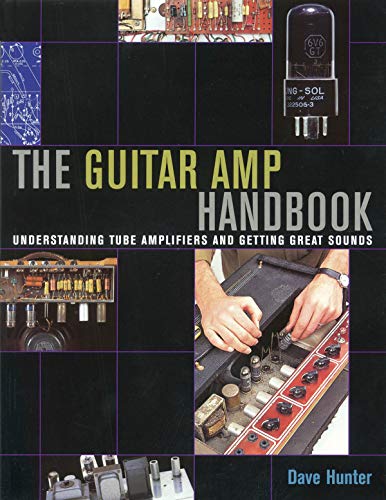What JR says.
I deliberately don't use Q notion because it just doesn't work for EQ's. It works only for RLC bandpass filters. The academic definition of Q suppose asymptotic zero response and narrow BW. Eq filters never obey the 1st condition and 2nd condition is not applicable for less than 3dB boost/cut.
On a mathematical POV, the relation between BW and Q, Q= Fc/BW is applicable to a 2nd-order filter, which transfer function is expressed by
1/as²+bs+1 (low-pass), bs/as²+bs+1 (band-pass) or as²/as²+bs+1 (high-pass).
The transfer function of an audio equalizer is more complex than that; it is mathematically a bi-quad, whose expression is as²+(1+k)bs+1/as²+bs+1
K is directly related to the amount of boost or cut
Some authors think that the Q of the numerator is the one to take into account, which basically means considering the Q at extreme boost or cut. In practical terms, it's acceptable as long as the amount of boost or cut is higher than 12dB.
But this evidently does not answer your question as to how Q evolves with the amount of boost/cut.
IMO, there is no answer to that. I could give an answer to: "How does BW evolves with the amount of boost/cut?", but that would be according to my definition, which may not be someone else's.
But then, even if we agreeed on how BW evolves, that would not give anybody the right to "convert" it in Q values.
As JR says, there are as many definitions of EQ bandwidth as there are designers.
Back to the essence of your topic: does it really matter? What do you expect in terms of practical conclusions?
































![Soldering Iron Kit, 120W LED Digital Advanced Solder Iron Soldering Gun kit, 110V Welding Tools, Smart Temperature Control [356℉-932℉], Extra 5pcs Tips, Auto Sleep, Temp Calibration, Orange](https://m.media-amazon.com/images/I/51sFKu9SdeL._SL500_.jpg)
